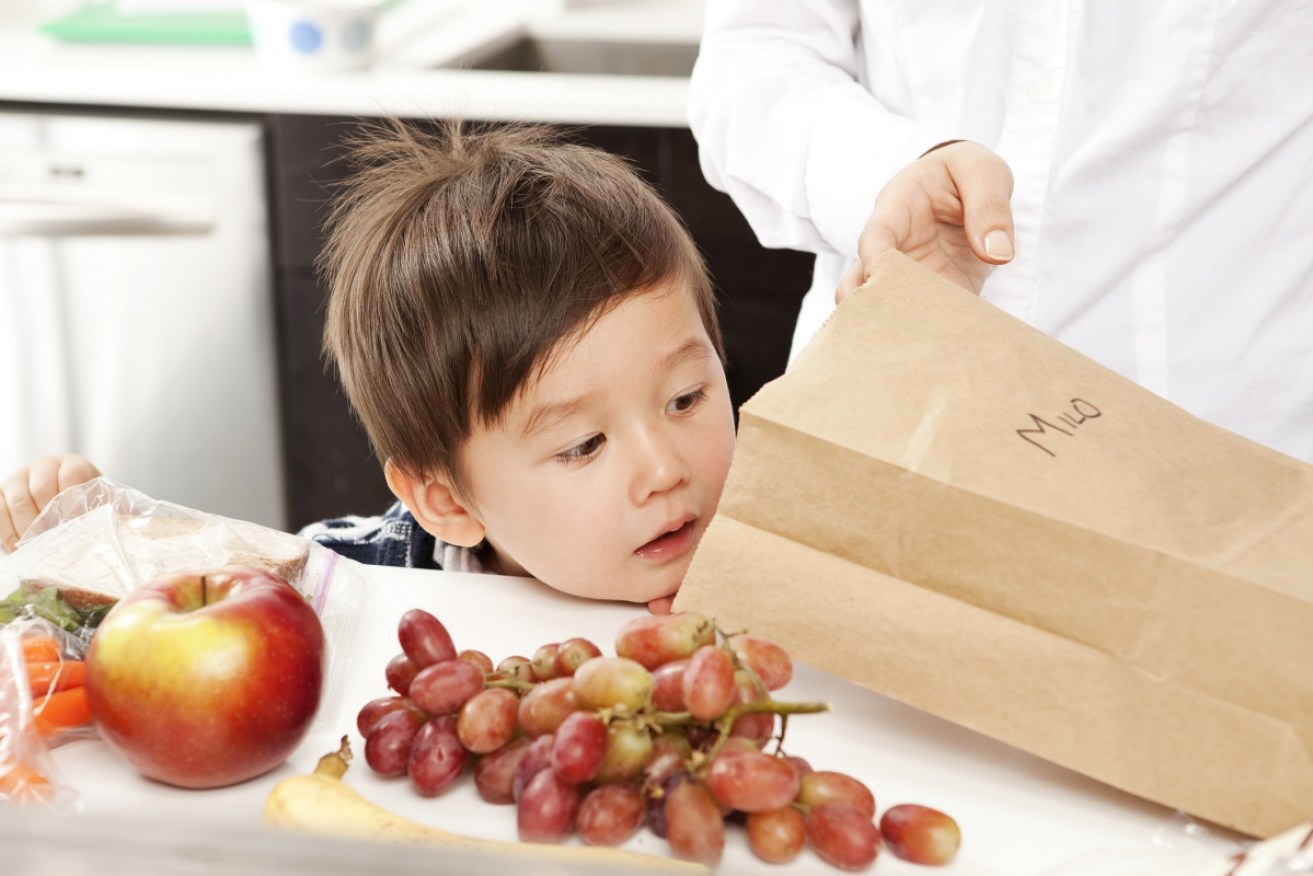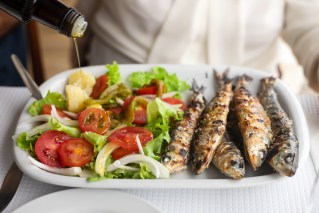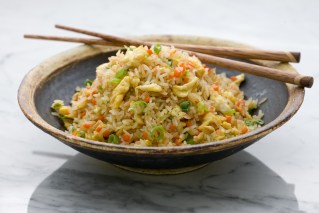The perfect lunchbox: What your child’s should have in it


Involving children in the process is key to the nutritional value of their lunch. Photo: Getty
The contents of a student’s lunchbox are just as important as their text books – both are needed for a child to thrive and reach their full potential at school.
According to Nutrition Australia, when children eat well, they behave better, listen better and can concentrate for longer.
“Healthy school lunches are crucial for kids,” Leanne Elliston, Nutrition Australia spokeswoman says.
“Kids eat around a third of their daily food at school, so what goes into their lunchbox matters,” the mother-of-two says.
Nutrition Australia advises that a healthy lunchbox contains one thing from each of the five food groups – grains which contain complex carbohydrates for energy, fruit, vegetables (for fibre and vitamins), dairy (as the major source of calcium) and lean meats, fish, eggs and legumes, which contain protein for growing bodies.
That translates as a whole meal or multi-grain sandwich, roll or wrap; rice or pasta; whole fresh fruit or a dried fruit mix or canned fruit; cherry tomatoes, capsicum and cucumber strips, carrot and celery sticks, sweet corn or snow peas; a cheese stick, small tub of yogurt or milk; cold cuts of chicken, tinned salmon, tuna or sardines, boiled eggs, baked beans or hummus.
“Additional snacks like a nutritious home-cooked banana or apple muffin, veggie pikelets or some crunchy air-popped popcorn, roasted chickpeas or pita crisps are excellent options,” Brisbane-based accredited practising dietitian Aloysa Hourigan says.
So that’s what we should be putting into lunchboxes. But what does the typical Aussie lunchbox actually contain?
Ms Hourigan says that varies considerably between families and even between siblings in the one family. Some kids want the same foods every day, while others prefer a lot more variety.
According to Ms Hourigan, a typical lunchbox contains a mix between some home-prepared food and some processed food items.
“A not-so-great lunchbox has a white bread sandwich with a jam spread, which isn’t very filing or nourishing; a couple of sweet biscuits, a packet of crisps and a cordial or juice drink which isn’t 100 per cent fruit.”
“An ugly lunchbox contains left over takeaway chicken nuggets, a high-sugar, low-fibre cereal bar with added confectionery or a chocolate coating; a packet of savoury biscuits and a can of soft drink.”
Her suggestion is to keep foods with lots of sugar, salt and saturated fats out of the lunchbox.
“As a mother of two grown children and having prepared countless lunchboxes, I understand the challenges parents face. They need to consider food safety, food allergies of other children in their child’s class, fussy eating and, of course, time,” Ms Hourigan says.
On average, parents make around 200 lunches for each of their primary-school-aged children every year, so Nutrition Australia has tips on how to make a healthy lunchbox on their website.
In addition, Nutrition Australia has joined with the Grains & Legumes Nutrition Council to promote the Bring Back the Sandwich campaign for a simple and stress-free way to fill hungry tummies.
Ms Elliston’s golden rule for ensuring lunch boxes come home empty is to involve the kids.
She says if children are involved in the planning, shopping and preparation stages, they are more likely to take ownership and enjoy their lunch.











